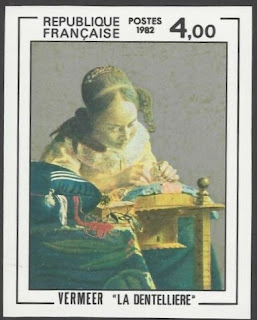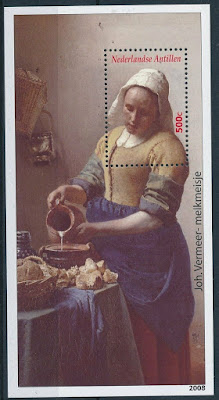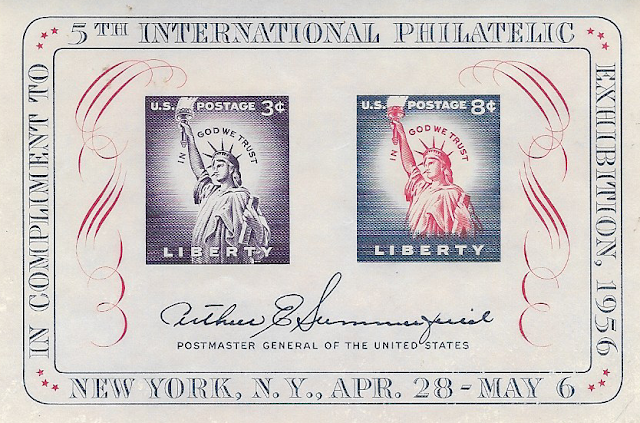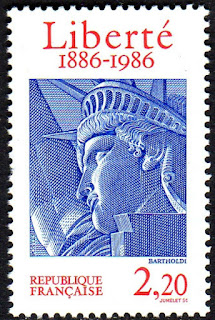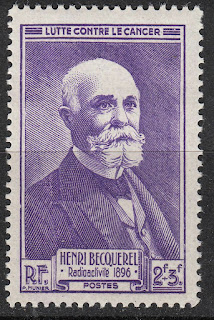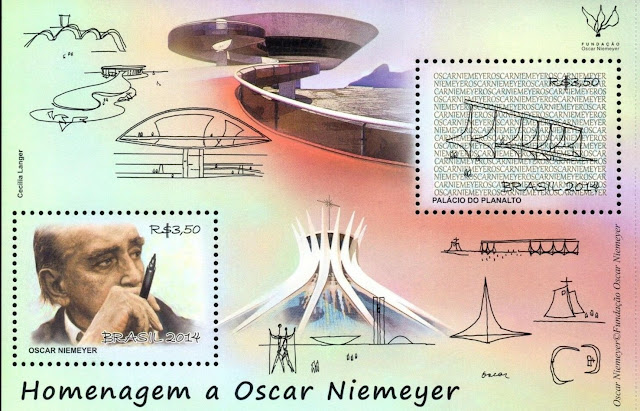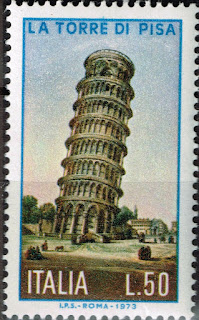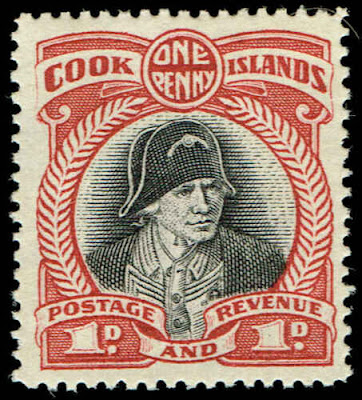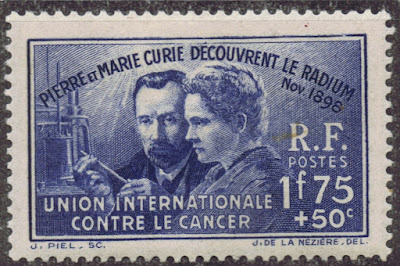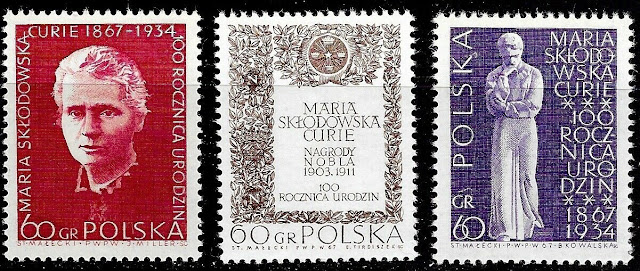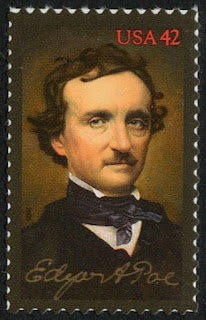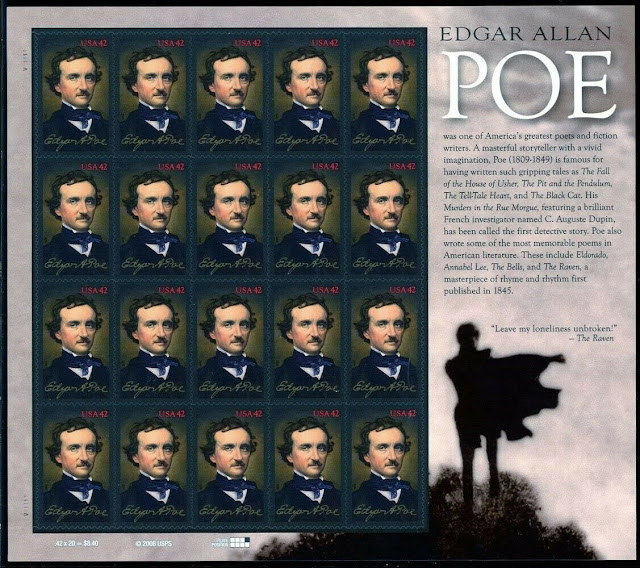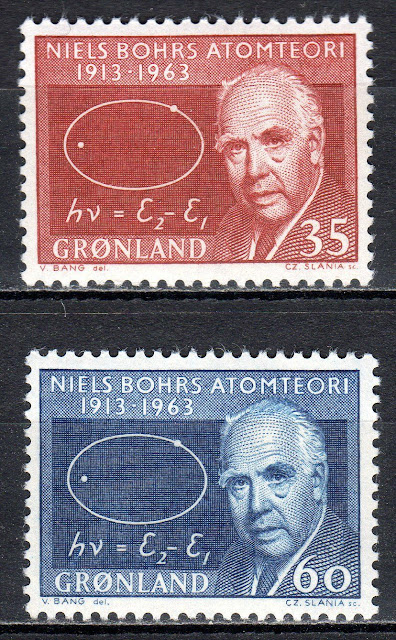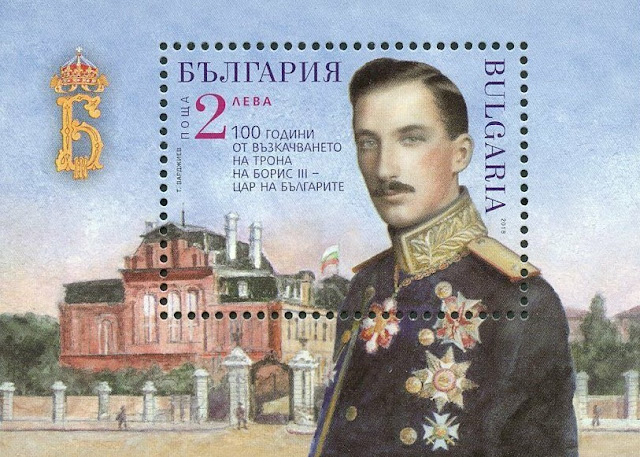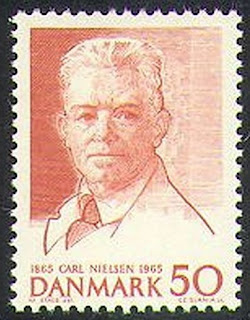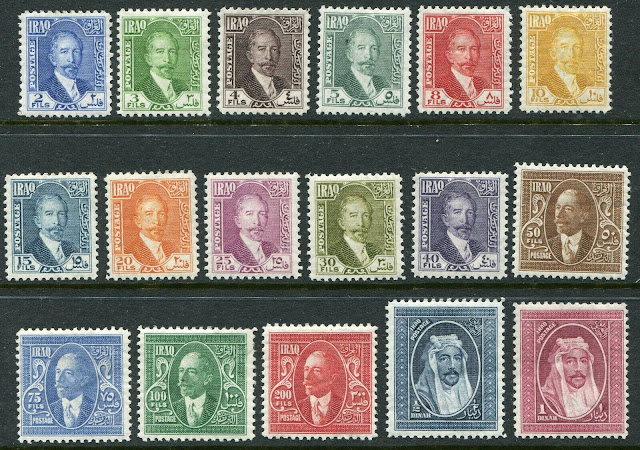1675 Died: Johannes Vermeer, Dutch painter and educator (b. 1632)
Johannes Vermeer (October 1632 – December 1675) was a Dutch Baroque Period painter who specialized in domestic interior scenes of middle class life. He was a moderately successful provincial genre painter in his lifetime but evidently was not wealthy, leaving his wife and children in debt at his death, perhaps because he produced relatively few paintings.
Vermeer worked slowly and with great care, and frequently used very expensive pigments. He is particularly renowned for his masterly treatment and use of light in his work.
Vermeer painted mostly domestic interior scenes. "Almost all his paintings are apparently set in two smallish rooms in his house in Delft; they show the same furniture and decorations in various arrangements and they often portray the same people, mostly
He was recognized during his lifetime in Delft and The Hague, but his modest celebrity gave way to obscurity after his death. He was barely mentioned in Arnold Houbraken's major source book on 17th-century Dutch painting (Grand Theatre of Dutch Painters and Women Artists), and was thus omitted from subsequent surveys of Dutch art for nearly two centuries. In the 19th century, Vermeer was rediscovered by Gustav Friedrich Waagen and Théophile Thoré-Bürger, who published an essay attributing 66 pictures to him, although only 34 paintings are universally attributed to him today. Since that time, Vermeer's reputation has grown, and he is now acknowledged as one of the greatest painters of the Dutch Golden Age. Like some major Dutch Golden Age artists such as Frans Hals and Rembrandt, Vermeer never went abroad. And like Rembrandt, he was an avid art collector and dealer.
In 2008, American entrepreneur and inventor Tim Jenison developed the theory that Vermeer had used a camera obscura along with a "comparator mirror", which is similar in concept to a camera lucida but much simpler and makes it easy to match color values. He later modified the theory to simply involve a concave mirror and a comparator mirror. He spent the next five years testing his theory by attempting to re-create The Music Lesson himself using these tools, a process captured in the 2013 documentary film Tim's Vermeer.
In December 1675, Vermeer died after a short illness. He was buried in the Protestant Old Church on 15 December 1675.
Stamps from France, Netherlands and Netherlands Antilles depicting Vermeer's works
Alexandre Gustave Eiffel (15 December 1832 – 27 December 1923) was a French civil engineer. A graduate of École Centrale Paris, he made his name building various bridges for the French railway network, most famously the Garabit viaduct. He is best known for the world-famous Eiffel Tower, built for the 1889 Universal Exposition in Paris, and his contribution to building the Statue of Liberty in New York.
In 1881 Eiffel was contacted by Auguste Bartholdi who was in need of an engineer to help him to realise the Statue of Liberty. Some work had already been carried out by Eugène Viollet-Le-Duc, but he had died in 1879. Eiffel was selected because of his experience with wind stresses. Eiffel devised a structure consisting of a four-legged pylon to support the copper sheeting which made up the body of the statue. The entire statue was erected at the Eiffel works in Paris before being dismantled and shipped to the United States.
After his retirement from engineering, Eiffel focused on research into meteorology and aerodynamics, making significant contributions in both fields.
Stamps depicting Eiffel. the Eiffel tower and the Statue of Liberty
Oscar Ribeiro de Almeida Niemeyer Soares Filho (December 15, 1907 – December 5, 2012), known as Oscar Niemeyer, was a Brazilian architect considered to be one of the key figures in the development of modern architecture. Niemeyer was best known for his design of civic buildings for Brasília, a planned city that became Brazil's capital in 1960, as well as his collaboration with other architects on the headquarters of the United Nations in New York. His exploration of the aesthetic possibilities of reinforced concrete was highly influential in the late 20th and early 21st centuries.
Both lauded and criticized for being a "sculptor of monuments", Niemeyer was hailed as a great artist and one of the greatest architects of his generation by his supporters. He said his architecture was strongly influenced by Le Corbusier, but in an interview, assured that this "didn't prevent [his] architecture from going in a different direction". Niemeyer was most famous for his use of abstract forms and curves and wrote in his memoirs:
I am not attracted to straight angles or to the straight line, hard and inflexible, created by man. I am attracted to free-flowing, sensual curves. The curves that I find in the mountains of my country, in the sinuousness of its rivers, in the waves of the ocean, and on the body of the beloved woman. Curves make up the entire Universe, the curved Universe of Einstein.
Niemeyer was educated at the Escola Nacional de Belas Artes at the Federal University of Rio de Janeiro, and after graduating, he worked at his father's typography house and as a draftsman for local architectural firms. In the 1930s, he interned with Lúcio Costa, with the pair collaborating on the design for the Palácio Gustavo Capanema in Rio de Janeiro. Niemeyer's first major project was a series of buildings for Pampulha, a planned suburb north of Belo Horizonte. His work, especially on the Church of Saint Francis of Assisi, received critical acclaim and drew international attention. Throughout the 1940s and 1950s, Niemeyer became one of Brazil's most prolific architects, working both domestically and overseas. This included the design of the Edifício Copan (a large residential building in São Paulo) and a collaboration with Le Corbusier (and others) on the United Nations Headquarters, which yielded invitations to teach at Yale University and the Harvard Graduate School of Design.
In 1956, Niemeyer was invited by Brazil's new president, Juscelino Kubitschek, to design the civic buildings for Brazil's new capital, which was to be built in the centre of the country, far from any existing cities. His designs for the National Congress of Brazil, the Cathedral of Brasília, the Palácio da Alvorada, the Palácio do Planalto, and the Supreme Federal Court, all designed by 1960, were experimental and linked by common design elements. This work led to his appointment as inaugural head of architecture at the University of Brasília, as well as honorary membership of the American Institute of Architects. Due to his largely left-wing ideology, and involvement with the Brazilian Communist Party (PCB), Niemeyer left the country after the 1964 military coup and opened an office in Paris. He returned to Brazil in 1985, and was awarded the prestigious Pritzker Architecture Prize in 1988. A socialist and atheist from an early age, Niemeyer had spent time in both Cuba and the Soviet Union during his exile, and on his return served as the PCB's president from 1992 to 1996. Niemeyer continued working at the end of the 20th and early 21st century, notably designing the Niterói Contemporary Art Museum (1996) and the Oscar Niemeyer Museum (2002). Over a career of 78 years he designed approximately 600 projects. Niemeyer died in Rio de Janeiro on December 5, 2012, at the age of 104.
2001 – The Leaning Tower of Pisa reopens after 11 years and $27,000,000 spent to stabilize it, without fixing its famous lean.
The Leaning Tower of Pisa (Italian: Torre pendente di Pisa) or simply the Tower of Pisa (Torre di Pisa) is the campanile, or freestanding bell tower, of the cathedral of the Italian city of Pisa, known worldwide for its nearly four-degree lean, the result of an unstable foundation. The tower is situated behind the Pisa Cathedral and is the third-oldest structure in the city's Cathedral Square (Piazza del Duomo), after the cathedral and the Pisa Baptistry.
The height of the tower is 55.86 metres (183.27 feet) from the ground on the low side and 56.67 metres (185.93 feet) on the high side. The width of the walls at the base is 2.44 m (8 ft 0.06 in). Its weight is estimated at 14,500 metric tons (16,000 short tons). The tower has 296 or 294 steps; the seventh floor has two fewer steps on the north-facing staircase.
The tower began to lean during construction in the 12th century, due to soft ground which could not properly support the structure's weight, and it worsened through the completion of construction in the 14th century. By 1990 the tilt had reached 5.5 degrees. The structure was stabilized by remedial work between 1993 and 2001, which reduced the tilt to 3.97 degrees.
